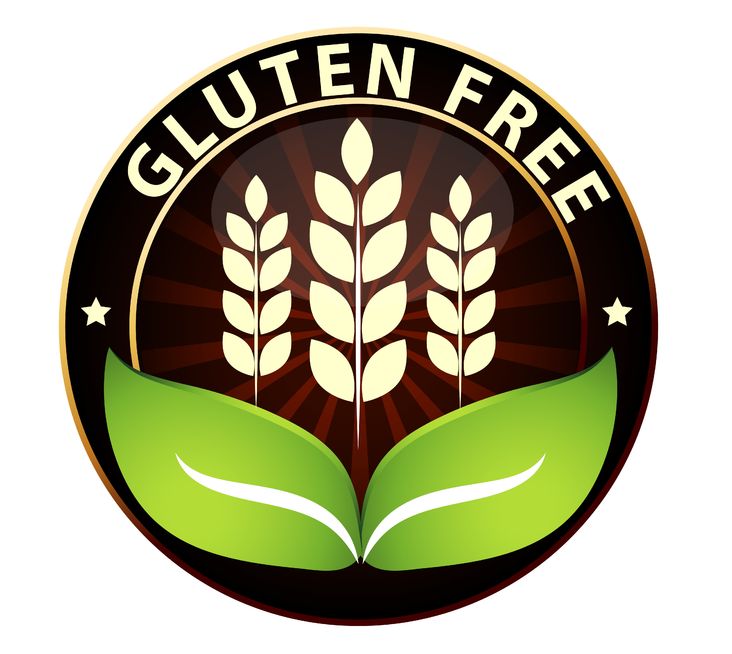Decrease your Gluten Intake
More and more people seem to be considering going “gluten-free.” Even if you don’t have celiac disease, gluten intolerance can cause GI distress, bloating, fatigue, foggy brain, among other adverse symptoms. When going “gluten free” it is important to not replace processed foods with gluten free alternatives. Gluten free “convenience” foods are often more refined then their counterparts. Here are practical ways to reduce the gluten in your diet, while increasing nutrient-density.
Ditch the pasta:
Make a hearty sauce with marinara, meat and veggies and serve on top of spaghetti squash or zucchini noodles. White sweet potatoes can be made into “noodles” as well using a spiralizer or potato peeler. Sautee with a little garlic, basil, and olive oil and top with the sauce.
Soy sauce:
Unless labeled “gluten free” soy sauce is made with wheat. If you don’t have an allergy to soy, Tamari Sauce or Bragg’s Liquid Aminos are great alternatives. Coconut Aminos work well for those with soy allergies.

Gluten Free Options!
Choose whole foods:
Unpackaged meat, fruits, vegetables, nuts and seeds are all naturally gluten free. You risk contamination of gluten when products are breaded or have added sauces. Read labels clearly.
Gluten free grains/starches:
Rice, quinoa, millet, amaranth, oats, buckwheat, tapioca, arrowroot, corn, potatoes and sweet potatoes are all gluten free. Instead of croutons in your salad, add diced sweet potato. Instead of a dinner roll, have a side of quinoa.
Toss the flour tortilla or sandwich bread:
Corn tortillas are naturally gluten free. If you like to cook, you can make your own tortillas using coconut or almond flour. No time to prep? A lettuce leaf or large collard green leaf can hold taco or sandwich ingredients like just like a tortilla plus it’s an easy way to get in extra veggies.
This isn’t as tricky as you thought, is it?
Try going a week without any gluten. You’ll be surprised at the variety of options that are still available.
*These recommendations are just for someone who wants to reduce gluten exposure. Someone with celiac disease should be vigilant about reading labels and should consume a completely gluten free diet.
Resources:
http://articles.mercola.com/sites/articles/archive/2016/07/02/gluten-food-processing.aspx











